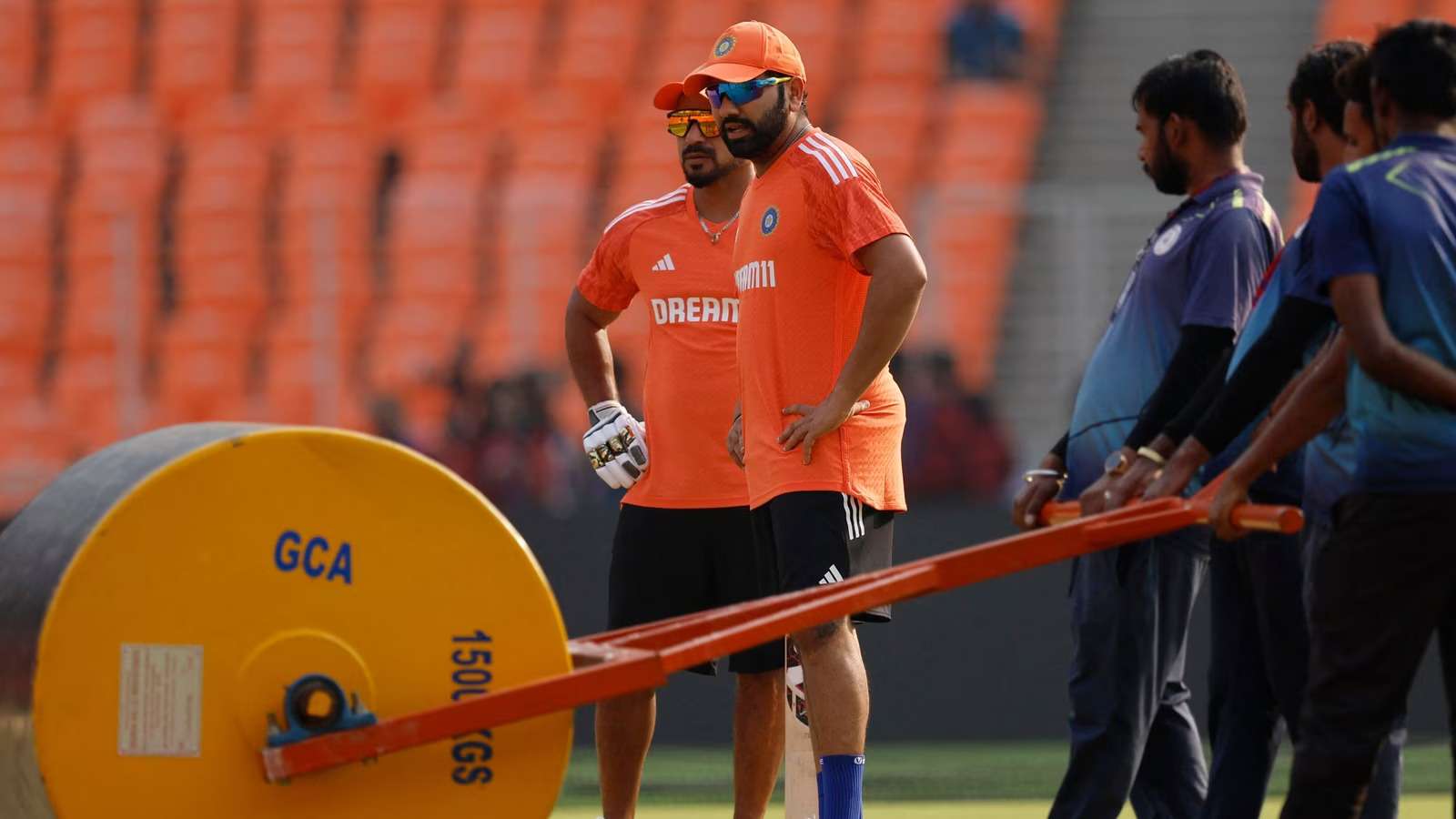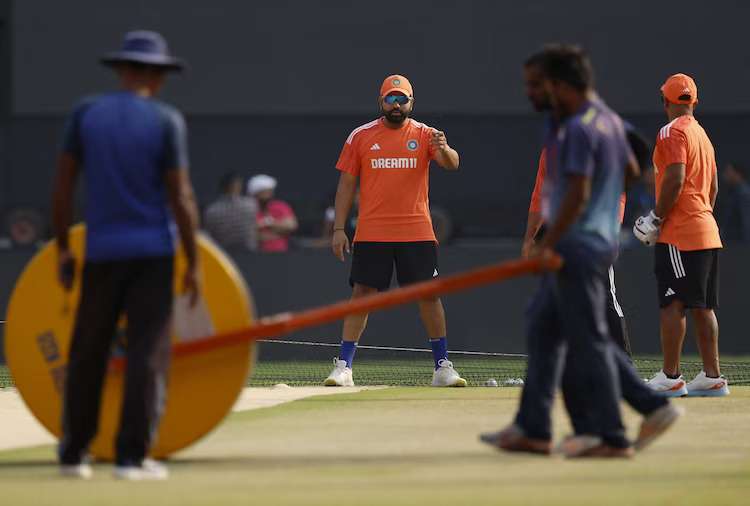
In a historic clash between India and Australia in a World Cup final on Indian soil, all eyes naturally turn to the playing field. The spotlight on the pitch intensifies, especially following the pre-semi-final uproar surrounding India’s match against New Zealand in Mumbai. Reports surfaced that local association curators altered the pitch just a day and a half before the crucial semi-final, opting for a used pitch to favor Indian spinners. While the ICC acknowledged the pitch change, it clarified that necessary approvals were obtained from the ICC pitch consultant, emphasizing the routine nature of such adjustments in a lengthy tournament like the World Cup. Notably, ICC rules do not mandate a fresh pitch for knockout matches.
The Venue Shuffle and Pitch Uncertainties
Although the venue has shifted from the Wankhede Stadium in Mumbai to the Narendra Modi Stadium in Ahmedabad for the final, the pitch dynamics remain a point of intrigue. The similarity in soil types, whether red or black, between the two venues suggests a comparable situation. Additionally, there’s a looming possibility of another ‘pitch change,’ akin to the semi-final.
Curators have diligently prepared two strips for the pivotal clash between India and Australia. Both are off-center, with the likely playing surface situated towards the right of the ground. Interestingly, curators were observed working on an adjacent surface to the left. After the removal of covers, rolling commenced on both pitches.
Captain’s Inspection: Deciphering the Playing Surface
Moments later, Indian captain Rohit Sharma and head coach Rahul Dravid conducted a thorough inspection of one of the two pitches. While it’s unclear which one they scrutinized, their actions suggested confidence in their choice. Rohit, bending down on his knees, pressed the surface multiple times, possibly assessing its firmness. Dravid, a seasoned pitch inspector throughout the World Cup, had his own methods of evaluation.
Unraveling the Nature of the Pitch
Regardless of the chosen surface, expectations lean towards a slower pitch. This doesn’t necessarily translate to challenging run-scoring, but some spongy bounce might be on the cards. The surface under scrutiny showed a sprinkling of grass, likely to be shaved off before the final showdown.
Strategic Considerations and Player Form
The pitch’s characteristics and the prevalence of left-handers in Australia’s XI naturally bring Ashwin’s selection into focus. The veteran spinner actively participated in the optional nets session, engaging in tactical discussions with spin-bowling partner Ravindra Jadeja.
India, maintaining an unchanged XI since Hardik Pandya’s injury, introduced Suryakumar Yadav at No.6, replacing Shardul Thakur with Mohammed Shami, who has excelled with 23 wickets in 6 matches. While the likelihood of India sticking to the same XI for the final is high, Ashwin’s inclusion may necessitate a choice between him and Mohammed Siraj, who has had inconsistent performances.
Expert Opinions: Trusting the Curators
Former Australia captain Ian Chappell echoes the sentiment of cricket legend Sunil Gavaskar regarding pitch controversies. Chappell emphasizes that curators should be left to their task of providing a good playing surface, urging players to focus on delivering their best on the pitch provided.
“I think the same as I’ve always thought; that the curator should make the pitch and the players play on it, and it should be up to no one else other than the curator, the local curator,” Chappell asserted.
In the grand scheme of this momentous World Cup final, the pitch takes center stage, and the teams must adapt and excel on the playing surface chosen for this historic encounter.




